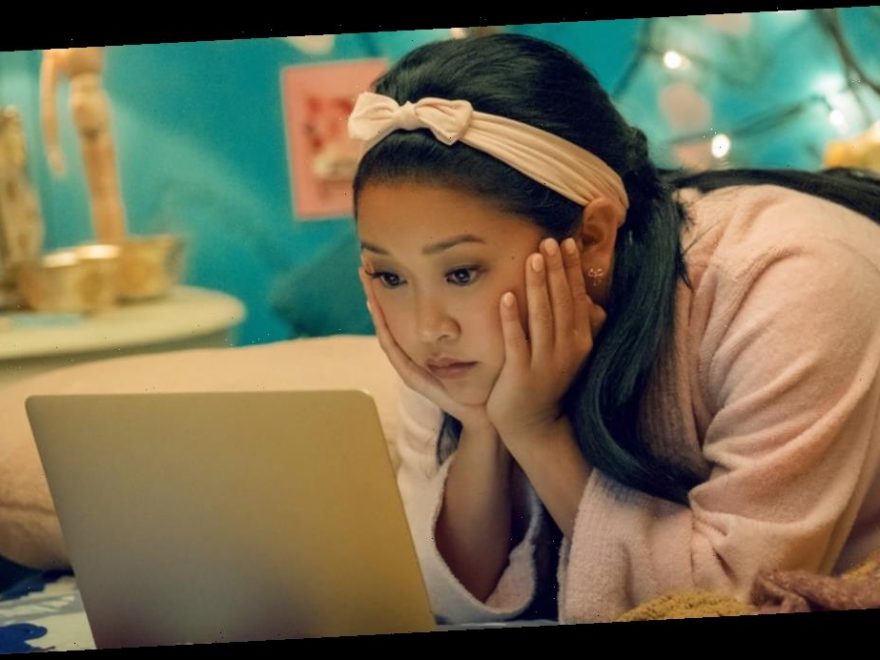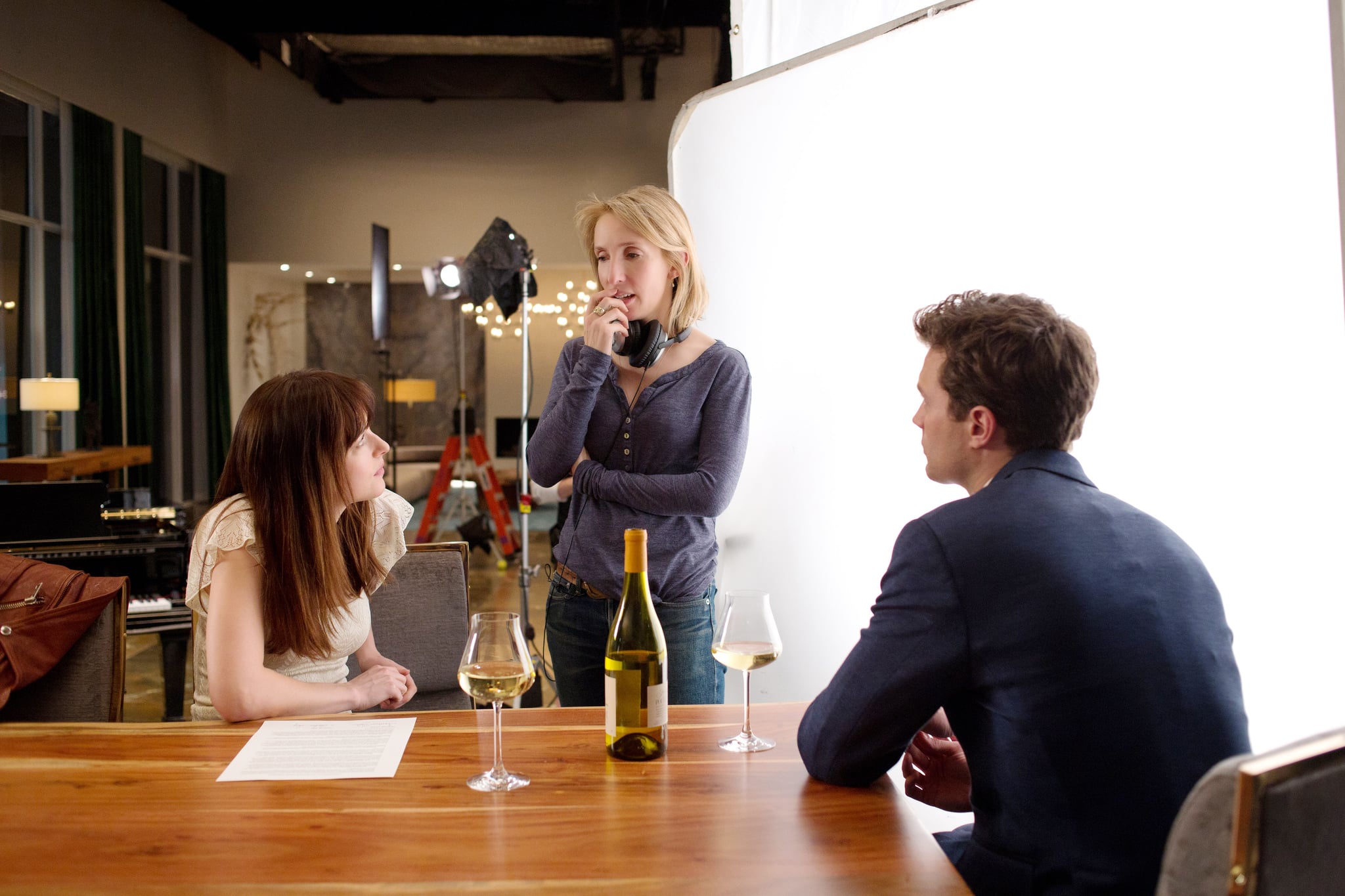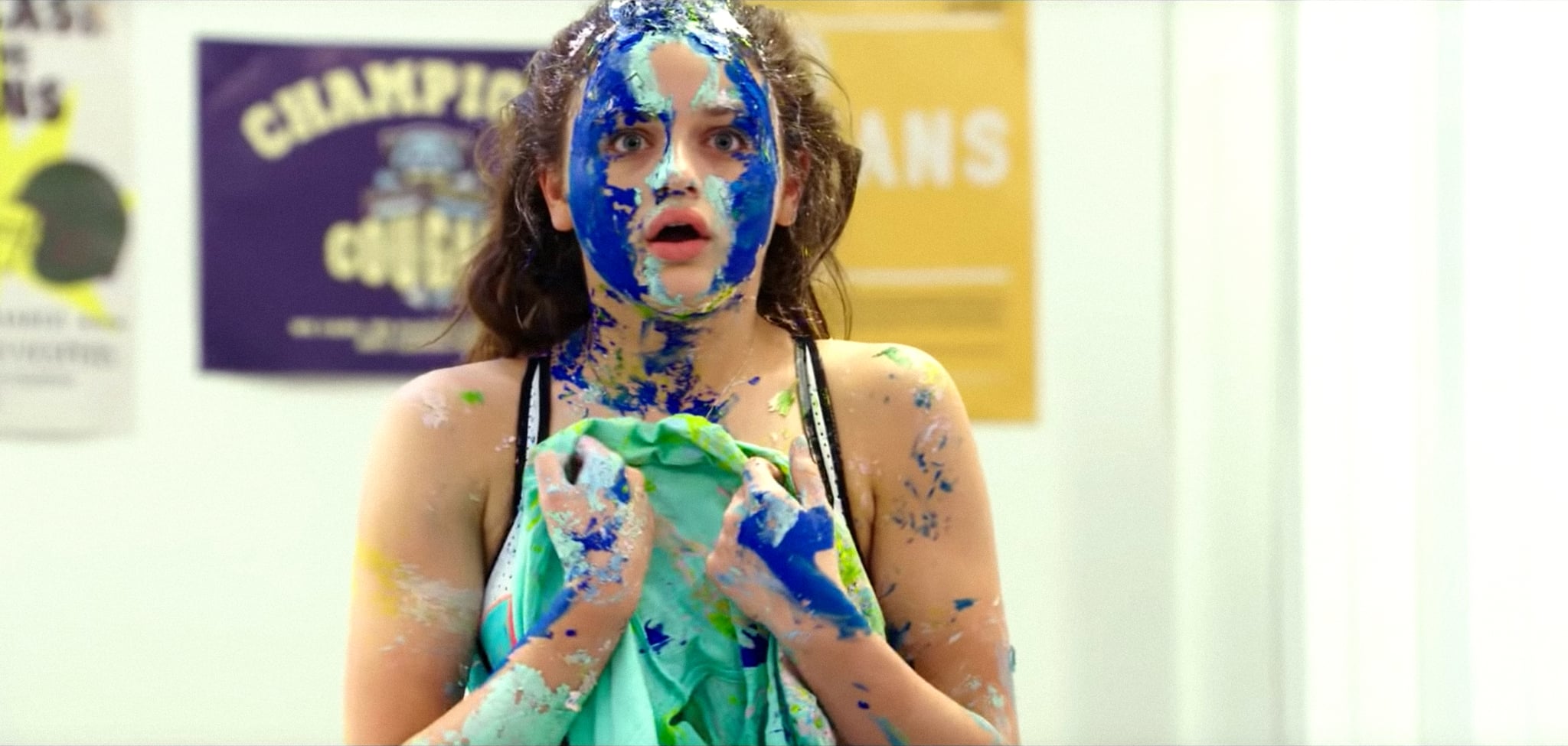When To All the Boys I’ve Loved Before premiered on Netflix in 2018, it was instantly hailed as a romantic comedy sensation. Critics centered much of this acclaim on the film’s director, Susan Johnson, for infusing the story with its jubilant tone and lending her eye to smaller touches like the production design of Lara Jean’s (Lana Condor) home, which was curated to represent the character’s Asian heritage.
When Johnson bowed out of directing the sequel due to prior commitments, the reins were passed off to a male director, Michael Fimognari — a move that arguably resulted in diminishing returns from the franchise’s inferior latter chapters. But the To All the Boys series is just one example of a frustrating pattern in the film industry: female directors establish female-focused romance franchises with strong first installments, only to be booted to make space for male successors.
The female directors that inaugurated many of today’s romance behemoths exited directing duties for their first entries’ sequels under decidedly less cordial circumstances than Johnson. Catherine Hardwicke, who enraptured droves of female fans with Twilight‘s blue-tinted teenage angst, was jettisoned from New Moon after allegedly clashing with executives at Summit Entertainment. Sam Taylor-Johnson (below, on the set of Fifty Shades of Grey) made millions at the box office with Fifty Shades of Grey, but Universal refused to offer her the sequel in light of Taylor-Johnson’s continued creative differences with author EL James.
Even amid efforts to increase opportunities for female directors in the film industry, recent franchises aren’t immune from this trend: Jenny Gage’s After opened at #1 in 17 countries, but Gage was inexplicably shut out from After We Collided in favor of new director Roger Kumble.
The sidelining of these filmmakers is part of a larger, distressing story in Hollywood. Aside from being a hostile environment for female directors in general — in 2020, women directed just 16 percent of the 100 top-grossing films — the film industry apparently ascribes to society’s widely-held disdain for any property that appeals primarily to women. Studios often underestimate the appeal of female-focused films, skimping on marketing campaigns for romances and, when women still buy tickets and buoy these movies to success, reacting to their financial wins with incredulity. And these “surprising” box office victories, seemingly because they’re viewed as lesser artistic efforts, rarely translate into future opportunities for female directors.
It took Hardwicke and Taylor-Johnson each three years to release another film after their initial work. In a 2013 interview, Hardwicke astutely summed up: “Twilight made $400 [million]. It launched a multi billion-dollar franchise. Why didn’t I get offered another movie after that?”
Mind you, properties geared towards men, even the ones considered “guilty pleasures,” almost never garner this demeaning treatment. When male directors helm a smash hit — for instance, Anthony and Joe Russo’s Captain America: The Winter Soldier or Michael Bay’s Transformers — it’s acknowledged as such, and the filmmakers are subsequently handed a string of sequels and a blank check for future projects. (It’s worth noting here that Bay has had nothing but bad press surrounding his on-set attitude and interactions with female stars, yet he directed five Transformers films — yes, even back then.)
On top of reinforcing wider industry biases, the creative choice to hand romance franchises to men is particularly frustrating because it disregards the perspective of the genre’s main audience: women. Romances, especially ones with teenage protagonists, focus on female adolescence and desire. They serve as fun, formative outlets for their female fanbases — which is why they’re noticeably more endearing when a woman is shaping the narrative behind the camera.
Of course it’s possible for men to direct such stories compassionately and skillfully; identity isn’t the sole arbiter of cinematic skill. But unfortunately, more often than not, male approximations of the “female experience” are dripping with hackneyed condescension: we have writer and director Vince Marcello to thank for the glaringly underwritten protagonist of The Kissing Booth and the series’ cringey, sexist sensibilities. It’s nonsensical to shut female filmmakers out of a decidedly feminine space — especially when the alternative is a screenplay that repeatedly jumps through contrived hoops to undress its teenage lead.
Hopefully studios are learning from such mistakes. To the franchise’s credit, the third film in the After series, After We Fell, has enlisted a female filmmaker, Castille Landon. A number of upcoming romance films, including Marry Me and Cinderella, are also directed by women. But it’s not enough for studios to give women the first crack at a major franchise, only to later “legitimize” its accomplishments by signing over creative control to a man. Female directors deserve to reap the rewards of kick-starting a profitable romance series. When this change happens, audiences will get to witness a more inclusive industry — and much better sequels.
Source: Read Full Article



